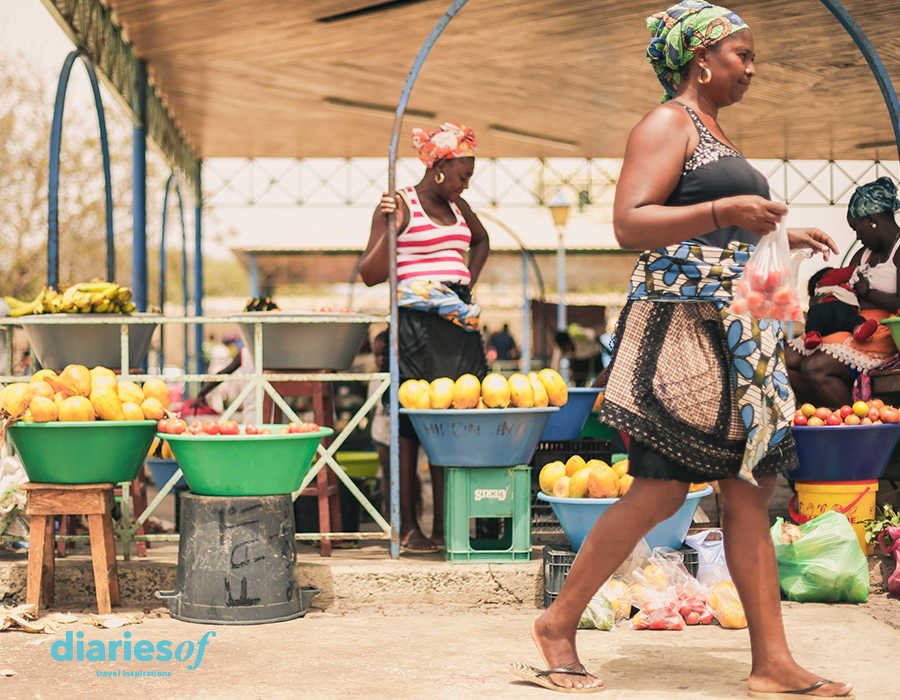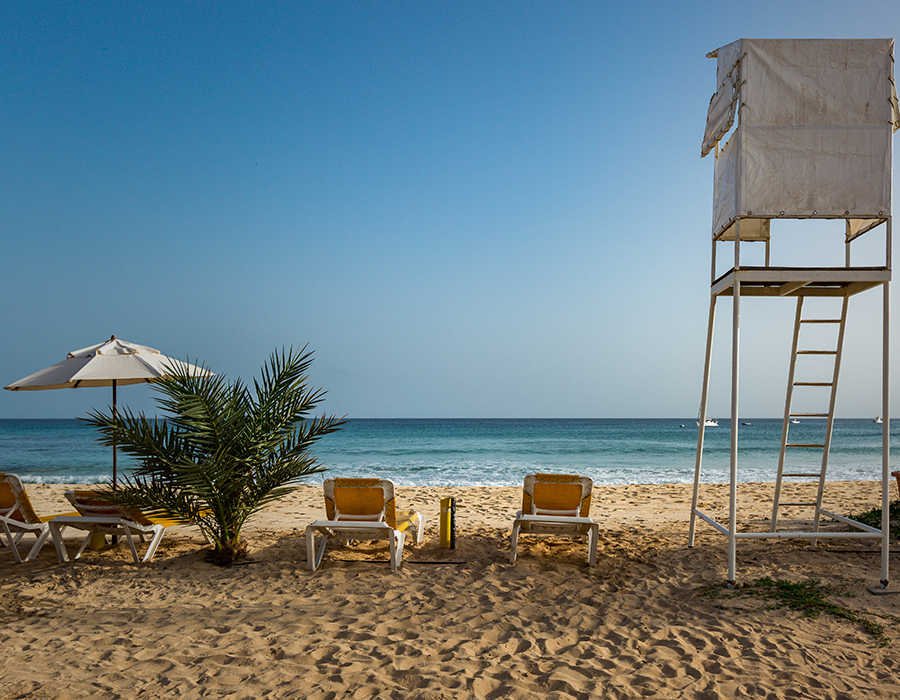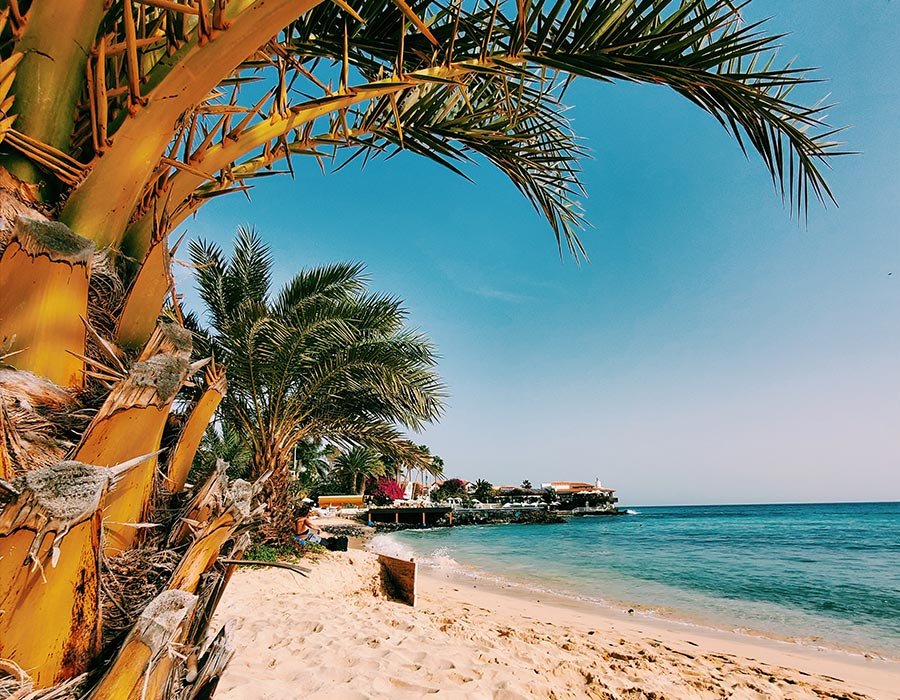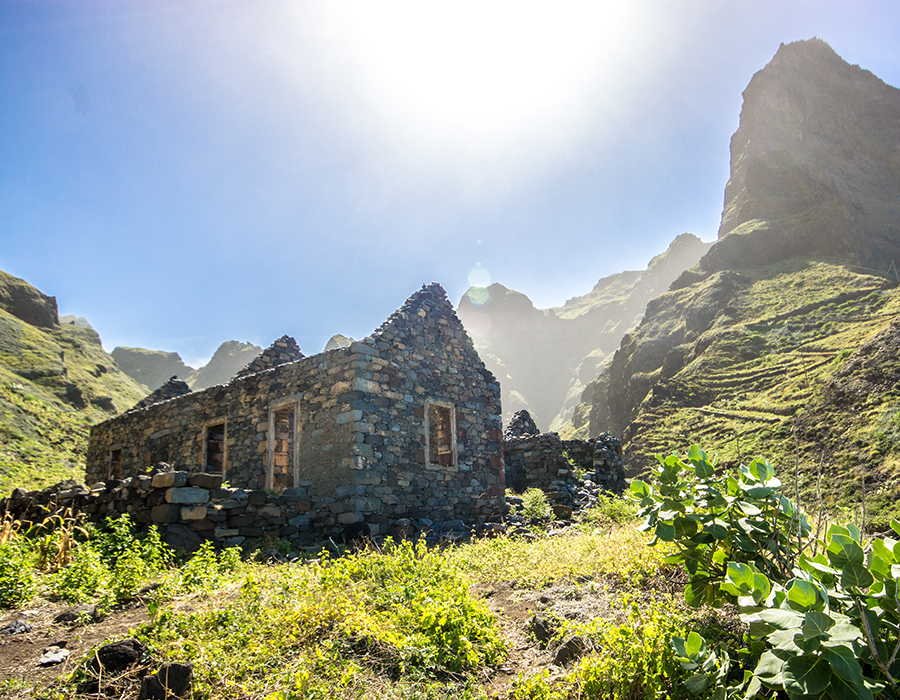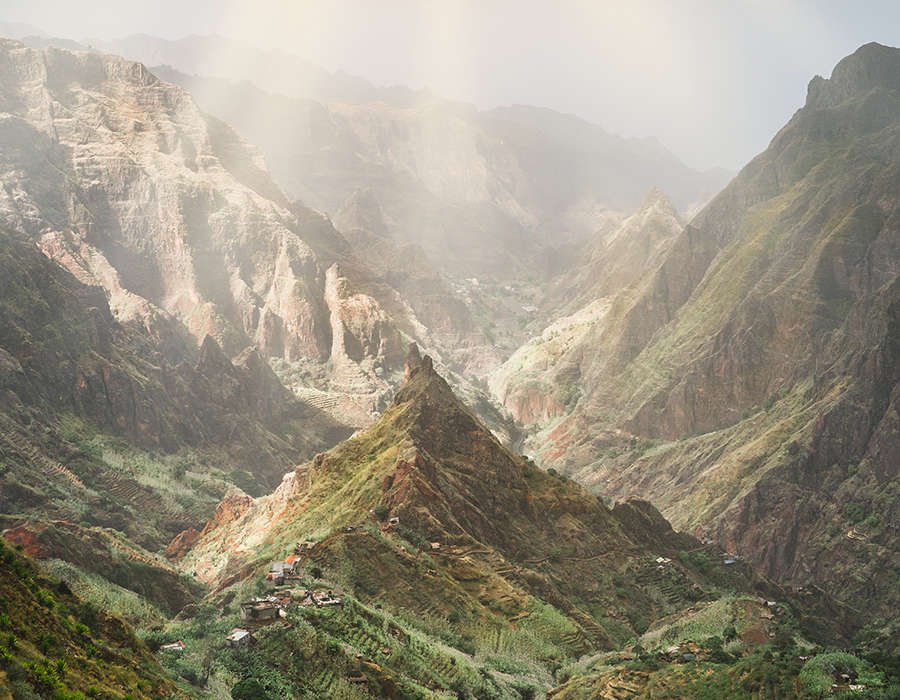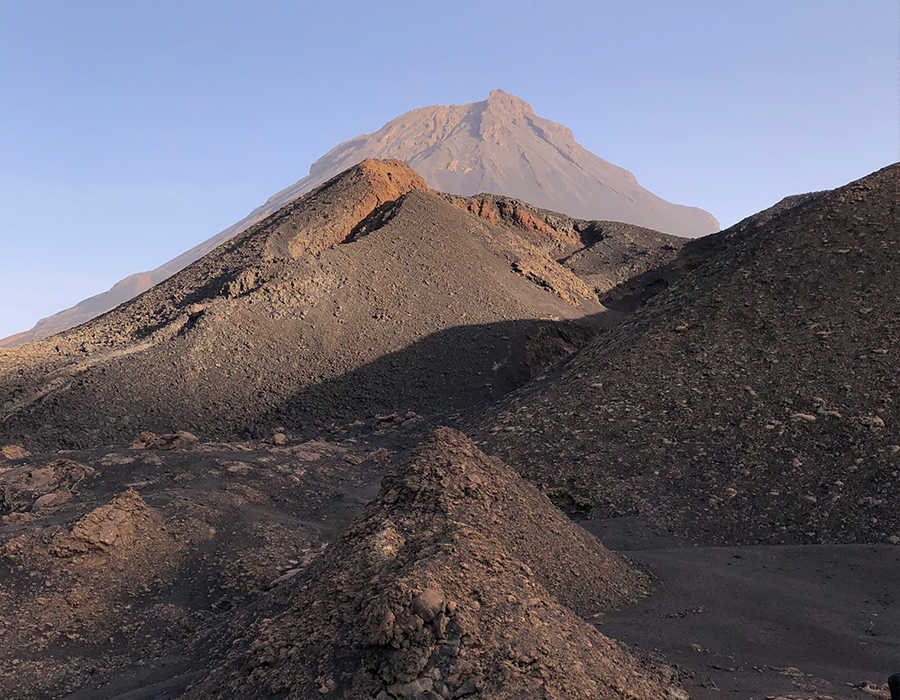Cape Verde markets are the living image of the customs and daily life of the Creole archipelago.
As with any trip, much of the excitement is focused on discovering the local culture. We won’t deny the immense value of discovering new landscapes… but it’s when we meet totally different people that we realize we’re really traveling.
A good way to get close to the local culture for the first time is to visit the Cape Verde markets. These places represent the nerve center of the popular and peasant culture of each island.
It is a meeting place where vendors and customers trade the freshest goods and comment on the latest news; it is the island’s news…
We will find many Cape Verde markets, similar to each other, but with their own stories that make them very unique.
Each capital city has its own municipal market, and on many occasions we will be able to see an annex building which is the fish market. Here we will find the freshest specimens of tuna, gilthead bream and emperors.
The buildings where they are located are far from being great architectural jewels. For this we already have the San Miguel market in Madrid, the Atarazanas market in Malaga or Santa Caterina in Barcelona. In terms of stalls, the traders have a space with a small counter.
So why should we go see Cape Verde markets?
The answer is simple: to see firsthand the original reflection of the Cape Verdean character of each island.
The main market for fresh produce in the country is Assomada. A medium-sized town located in the center of the island of Santiago and at the foot of Pico Antonia. A real attraction as it is located very close to the entrance of the Natural Park of Serra Malagueta. Its market, which opens every Wednesday and Thursday, offers us all the variety of products that are grown on the island of Santiago. Garden products, tropical fruits such as mango, papaya or passion fruit are mixed with a multitude of tubers such as yuka or sweet potato and aromatic herbs. Here we will not find fish and in terms of meat, we will only be able to see some chicken and chorizo criollos stalls. By the way, the latter can also be found fried ready to eat as an appetizer.
"In addition, the local community will give us a warm welcome, telling stories with their friendly Morabeza."
Located on the same island of Santiago is the Sukopira market, the largest in the country in terms of size. Here we can find fresh produce from the rural areas near the capital and above all many handicraft products from different communities from all the islands of the country. We will also observe numerous groups of tourists wandering quietly while taking pictures and trying to bargain for some souvenir.
We will be able to walk through these places with total tranquility and without crowds.
In Fogo, its capital Sao Filipe, there is a beautiful municipal market. A blue colonial-style building that houses the small but bustling market. Fruits, vegetables, fresh fish of the day… We also find the famous Fogo coffee, grown on the heights of Cha das Caldeiras, at the foot of the great volcano.

Mindelo Market

Ribeira Bote Market
In Mindelo we will find the famous peixe market. Sao Vicente is a very arid island with a weather that does not help agriculture. However, it has fantastic fishing conditions. Attending the peixe market is a real experience to learn about the infinite varieties of fish and seafood that can be found in the waters of Sao Vicente.
We could go on describing the numerous markets and flea markets, island by island, village by village.
As we have been mentioning, the Cape Verde markets are both a trading point and a place where people from the most distant communities socialize with each other. In terms of tourism, as in any corner of the archipelago, we will find some travelers, but we will not see crowds. In addition, the local community will give us a warm welcome, telling stories with their friendly Morabeza.
If you want to see firsthand one of the most authentic local postcards of the archipelago, don’t miss a visit to some of the Cape Verde markets.



